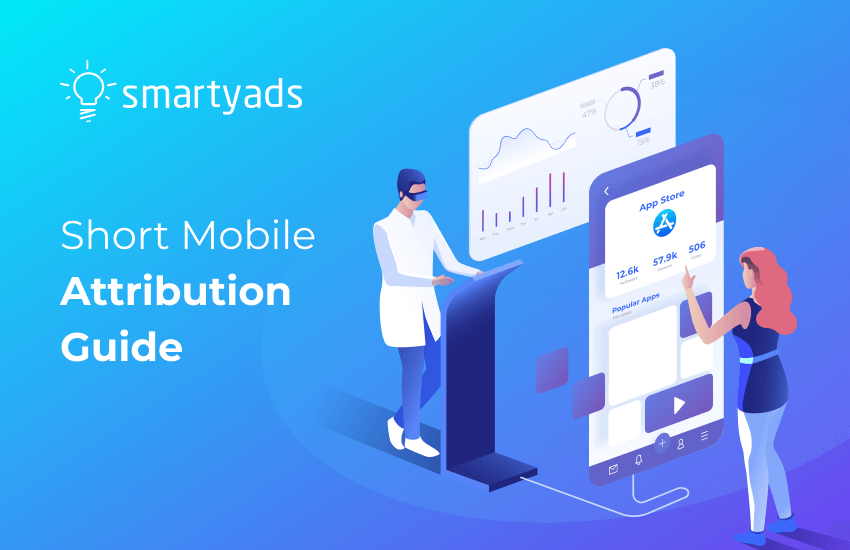In recent years, advertisers have been increasing their budgets for mobile advertising; eMarketer forecasts that mobile ad spend in the U.S alone will hit $161.49 billion by 2024. The increase in mobile app spending has heightened the need and importance of mobile attribution. Generally, “attribution” helps advertisers find out how to connect with their target audience. But how does mobile attribution work and what does it mean? Let's find out.
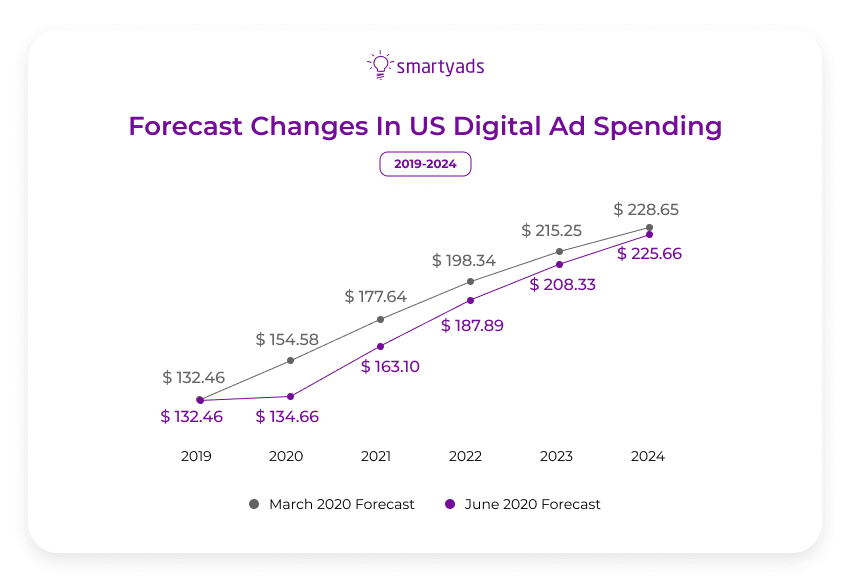
What is mobile attribution?
Mobile attribution is about where users come from before installing a mobile app or making a purchase. It provides marketers with real-time data on where their campaigns work best and allows them to see how mobile users respond to creatives. Using cookies, image pixel tags, etc, a mobile attribution platform enables tracking of user actions (events) after an app install. Such conversion data points and granular insights are essential for a successful mobile marketing strategy.
Besides initial ad campaigns, mobile attribution delivers value for retargeting. For instance, previous app users who uninstalled an app can be retargeted for the same app. This helps marketers optimize their ad strategies.
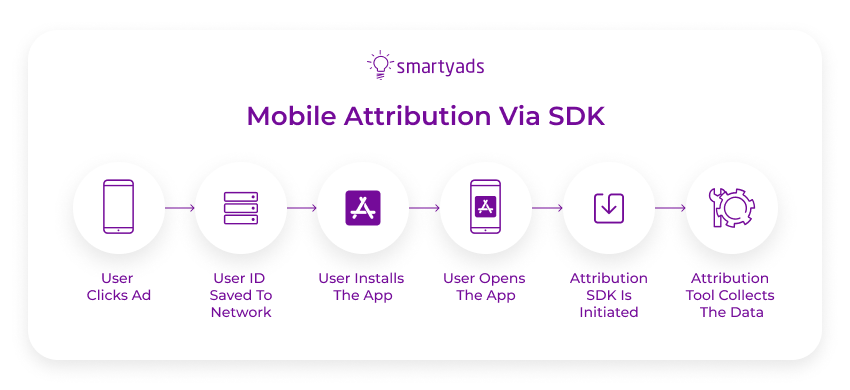
Let's figure out how all these things work.
Mobile app attribution models
Considering many options to track mobile attribution, marketers and app publishers can create definitive customer journey maps and obtain industry insights that translate into revenue. Every mobile attribution model has distinctive capabilities that drive concrete marketing analytics. Here they are:
First click attribution
This allows mobile marketers to see where a prospect came from as it records the very first attribution data point. For instance, when a user clicks on a Facebook ad, first touch mobile attribution provides information that the user landed at the e-store via the ad. So this app tracking attribution helps UA managers discover what channels drive user acquisition most.
- Pros: it's easy to implement and it allows brands to generate a high-quality pool of demand since it identifies which first touchpoints drive sales.
- Cons: it provides valuable data concerning only top-of-the-funnel, so marketers can't evaluate the impact of touchpoints that are beyond the first ad click.
Last click attribution
Using this, marketers can track ads that users last clicked on before making an app installation. The problem is that the last click sometimes does not give accurate attribution. For instance, if an email campaign prompts a buying decision but the user clicks on an AdWord ad, this marketing attribution credits the Adword and not the campaign.
- Pros: this mobile app tracking works best when marketers need insights on the exact action that drove the sale or installation.
- Cons: contrary to the first touch, marketers here are missing data about nurturing a user. So all efforts on email ads, content strategy, retargeting approach, etc. are staying veiled.
Multi-touch attribution
Multi-touch attribution reveals the whole picture of user journeys by setting equal credit values for each step. It recognizes all advertising channels the user interacts with during their journey rather than just one ad.
- Pros: this mobile attribution works by showing all marketing channels that are used to make a conversion.
- Cons: multi-touch attribution is not easy to release since it requires a solid knowledge of the background from a marketer.
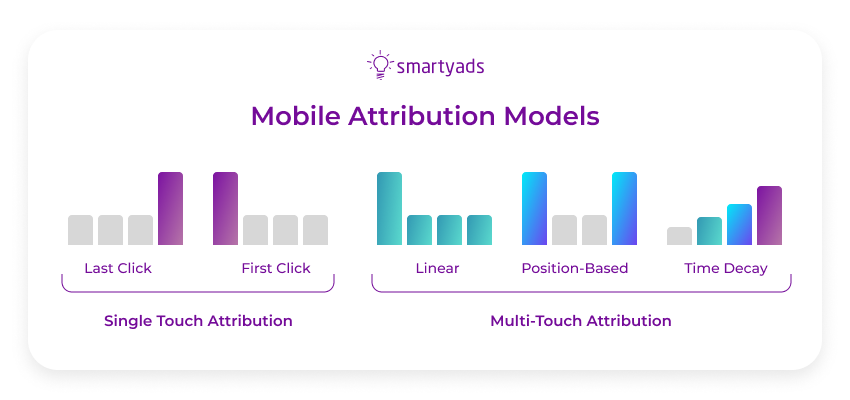
Time-decay attribution
In this case, marketers give more value to recent touches while giving less value to earlier touches. This helps advertisers focus their efforts on the most conversion-driving touchpoints.
- Pros: it covers all touchpoints with a bias on the latest touchpoints that often have a crucial decision-making influence.
- Cons: depending on the goal of a campaign, the top and middle of a funnel might be more important than the bottom one.
U-Shaped attribution
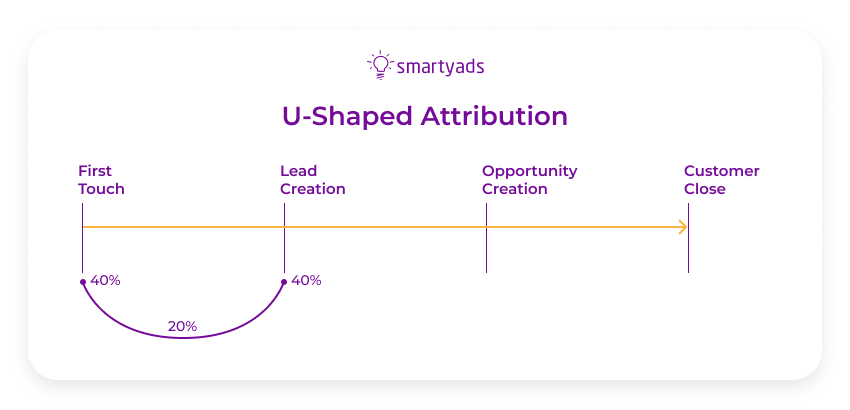
This web attribution tool diversifies credits among different touchpoints. Credit for the first and last touch is set at the rate of 40%. The rest 20% are evenly split between other middle points.
- Pros: in many campaigns, the first and last touchpoints are the most decisive so the U-shaped model comprises crucial data about a user journey. Still, it brings some understanding of the intermediary stages.
- Cons: if a campaign has a goal of nurturing a user, this option will underestimate the middle part of a journey that normally contains core data for that purpose.
W-Shaped attribution
It is very similar to the U-Shaped mobile app attribution but it assigns a 30% credit rate between the first touch, lead stage, and last touch. The remaining 10% are distributed to other touchpoints.
- Pros: it shifts attention from auxiliary channels to the main one(s), thus helping to define where the audience comes from, at what middle stages it turns into leads, and see what last actions affect them best to make a purchase.
- Cons: it's not very suitable for B2C mobile marketing that has a short cycle of a user journey as it is designed for long-term campaigns.
View-through attribution
Marketers can now measure conversions that have a time gap between seeing an ad by a user, and ultimate installation. This mobile attribution tool allows you to detect users who watched an ad but didn't click on it though they later took action.
- Pros: this mobile ad approach provides extra data points that extend beyond clicks. Here, advertisers can include in their reports some impressions that weren't clicked, but still, delivered a sale.
- Cons: count of conversions has a time limit. For instance, Google analytics has a 30 days attribution window when view-through conversions are effective. Attribution windows differ according to provider or platform.
Choosing web attribution model
There are three key questions that a marketer should answer to make the right decision, which web attribution model to use in advertising campaigns. Here they are:
What are the marketing goals? The ultimate purpose of any business is to drive revenue and user acquisition. To achieve that, a marketing campaign often pursues different outputs. This can include:
- creation of strong brand awareness;
- leads generation;
- driving conversions.
A clear understanding of the goal(s) will indicate what data points and, subsequently, what part of the funnel (top, middle, bottom) marketers should stick to and what channels to use.
What kind of business are you doing? Usually, mobile marketers are divided into B2B and B2C. While B2B commonly performs omnichannel marketing, B2C is less diverse here. So in the first case, the linear attribution model can be the clue, and for B2C, the last touch concept should make sense. Your mobile attribution tools and model should be tailored for your business type.
What is the lifecycle of conversion? Long-term sales lifecycles have good odds to bring value to marketers by running Time Decay attribution. In the short term, such a business can benefit from single platform attribution options.
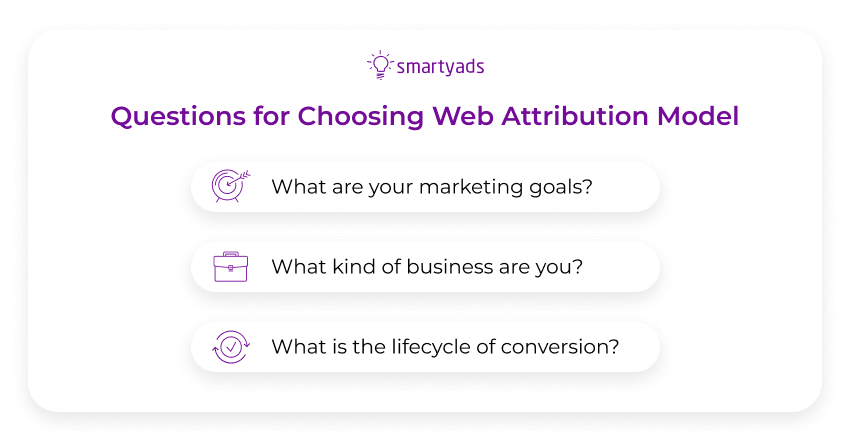
Importantly, you may want to work with mobile attribution providers or networks that support all the attribution models.
Challenges in mobile app attribution
Bad actors follow the money, so mobile ads are subjected to fraud. Bad actors and dubious ad networks mimic real users by faking mobile app installs. To minimize such a risk, advertisers should partner with reliable mobile attribution providers and an ad network that employs anti-fraud solutions.
Another challenge to ensuring safe attribution is that the mobile ecosystem has various operating systems, for example, iOS and Android, so marketers must deal with the specifics of each of them. It's important to employ versatile mobile attribution platforms or an attribution provider that supports various mobile systems and gives you an eagle-eye view of your data.
Attribution trends in the era of privacy
Since Google announced its intention to phase out third-party cookies, the world of digital advertising has felt somewhat strained. This prompted the decision to create app tracking solutions that are privacy compliant and maintain industry standards.
Google recently announced that the company will no longer rely on user-based identification once third-party cookies that represent mobile ad attribution roles fade out. As an alternative, they will perform cohort targeting with their new FLoC technology.
Moreover, Apple is developing a proprietary solution — SKAd Network. Its API allows marketers to run ads and simultaneously ensure users' privacy. The solution requires three participants:
- Ad networks;
- Source apps;
- Advertised apps.
The details of this model were outlined by Apple in Registering an Ad Network official documentation. The mechanism of work looks like this:
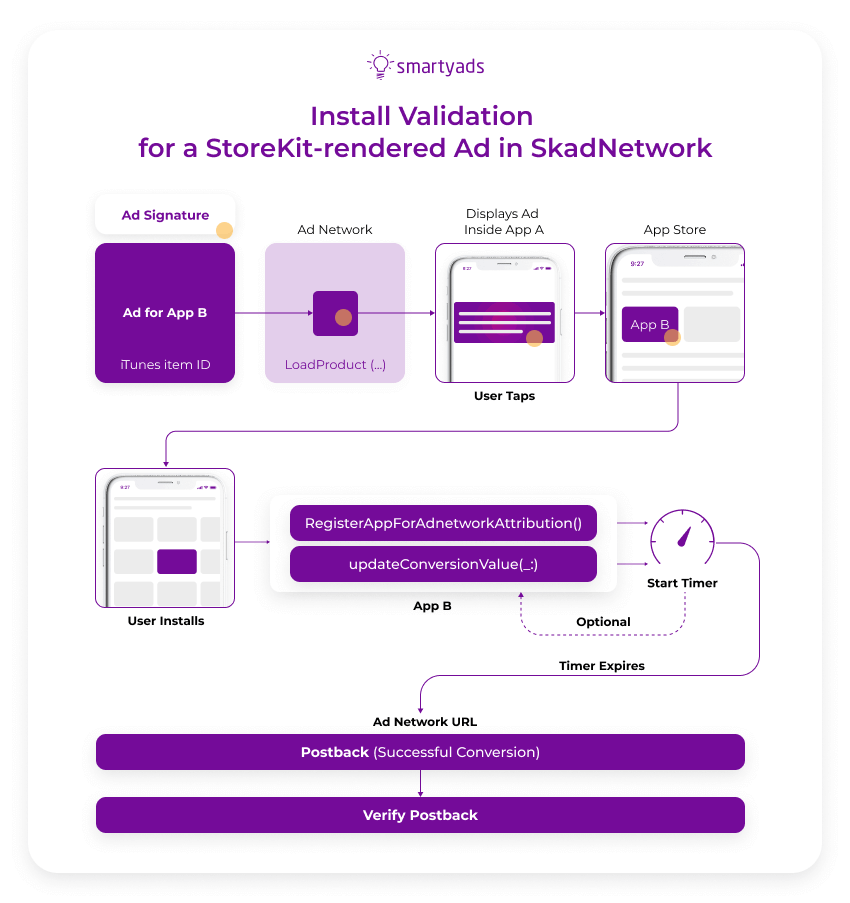
Marketers should collaborate with an attribution platform and network that is ready to transition to the cookieless era.
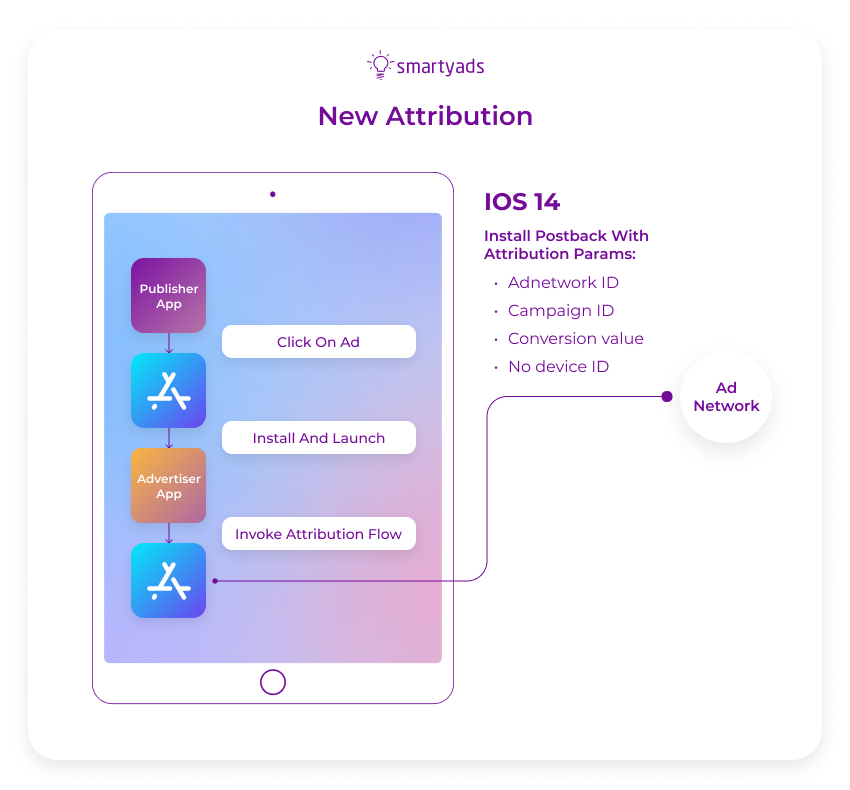
The Bottom Line
Mobile phones are serving as one of the key communication gadgets and sources of entertainment. Marketers understand that they should follow the audience as it's an infinite market for any business vertical. Answering the question of what is mobile attribution for marketers, it's fair to say that it's a powerful revenue-driven area that ensures an efficient operational environment within a multi-billion market.
Today a state-of-the-art mobile DSP can provide comprehensive options to target the most relevant audience precisely. When attribution models are calibrated well, success is a matter of time. SmartyAds DSP has been successfully connecting businesses of diverse industries with their audiences by programmatic targeting. Our DSP solution helps companies to achieve their strategic marketing goals due to efficient ad campaigns and their precise attribution.
